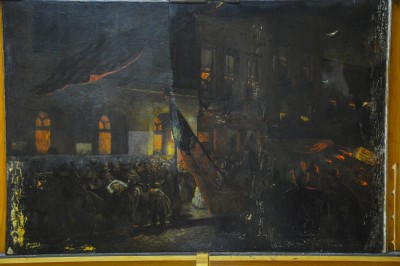The fascinating tale of one poor sap who got caught up in the maelstrom of the Civil War. I’d never heard of Charles Heidsieck before today, but I see there’s both a book and a movie about him. That’s fitting, as my first thought on reading the article was, “man, this is a tale worthy of a movie!”
But seeing the European market saturated by the older Champagne houses, he set his sights on a new sales territory: the U.S. As the first Champagne man to actively promote his bubbles in America in 1852, Charles Heidsieck quickly became a phenomenon, going by “Champagne Charlie.” Huge galas were held in his honor with Champagne flowing freely not only in aristocratic New England, but also in the food-and-wine-loving city of New Orleans.
By the time the Civil War broke out in 1861, he had sold more than 300,000 bottles of Champagne in the U.S. However, the war proved challenging for the collection of debts, and upon his 1861 return to New York, he was told by his sales agent he couldn’t collect debts from the South because of a wartime Act of Congress. In a desperate situation, Charles took a circuitous route around the active war areas through Kansas and down to New Orleans to collect the debt himself.
Source: Going Grape: Civil War nearly ended a Champagne house



